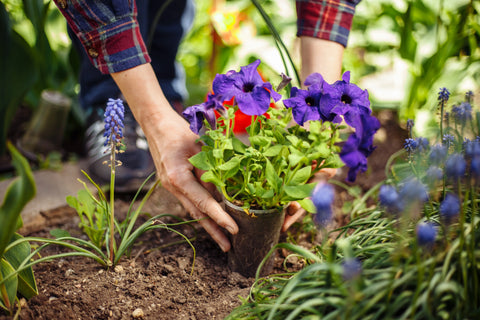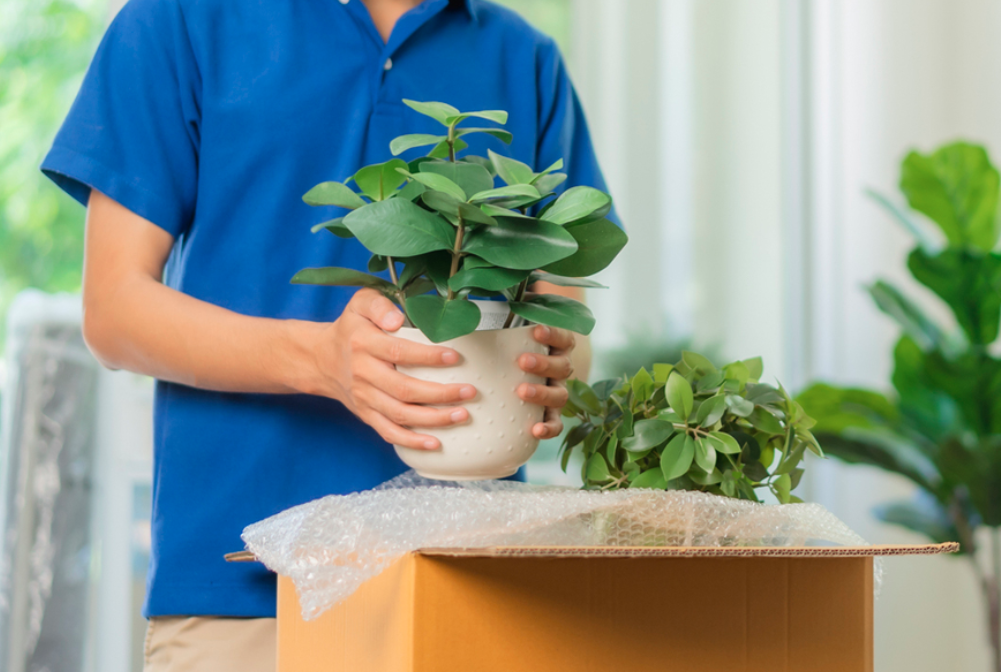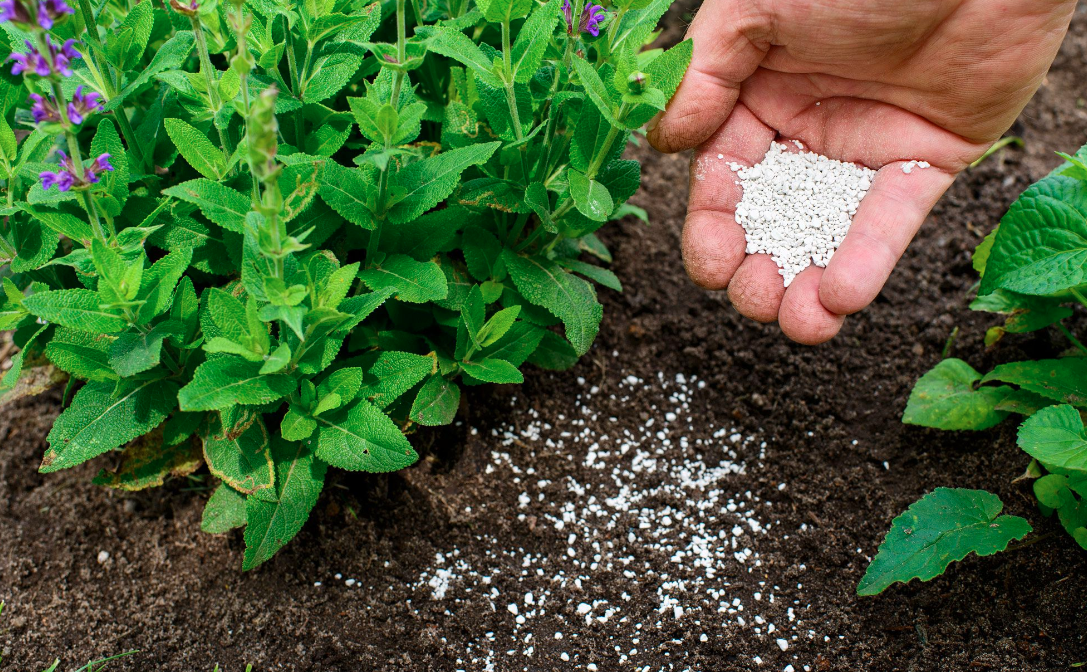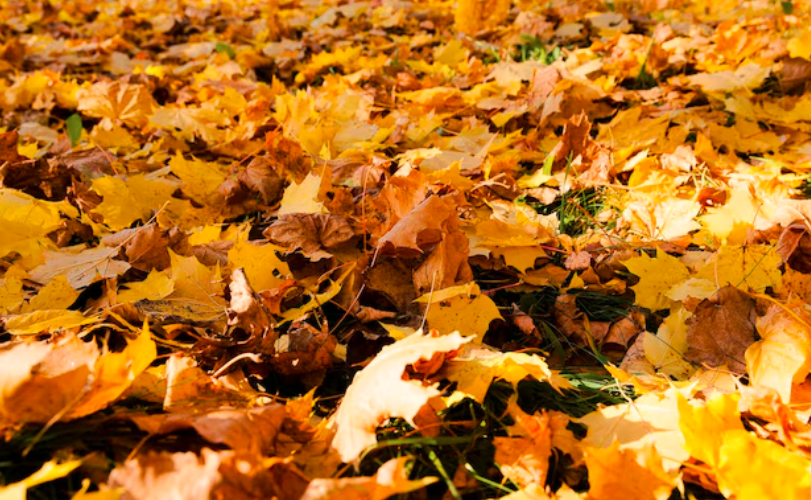1. Overwatering
The most important thing to learn as a plant owner is watering. It can be very tempting to simply assume that if some water is good, then a lot of water must be better. However, the truth for most houseplant species is quite the opposite: every plant has its water preference, with some perfectly happy to get only an occasional sip or two every few months and others that might drink a gallon or more per week. To ensure you're watering your plants correctly, research how much water said species requires. Relying on rainfall alone often doesn’t provide new plants with the consistent moisture they need to build strong roots.







